
Vegetable Gardening For Beginners
Vegetable gardening is an inclusive endeavour which can be enjoyed by anyone with a bit of garden or a pot to grow in. There are many reasons to start gardening aside from creating a quick source of food: everyone I talk to finds their garden a most relaxing place, and use it as much for recreation and exercise as for some meditative time. I myself really enjoy the fresh air and do not consider anything I have to do outside as work. I use the time for a little workout and to focus my thoughts and come up with super exciting article ideas for this blog.
Getting a vegetable garden started is much easier and a lot quicker than it might seem to the uninitiated. Our aim has always been to make it as easy as possible for you to grow your own successful vegetable garden. The balancing act between what you want to grow, what you can grow, and what you have time to maintain comes with a little time and experience; I frequently bite off more than I can chew in my vegetable garden and have to re-think things as I go but you will find things quickly fall into place.

Beginners Gardening
View Complete KitsA question we get asked a lot is "Will I be able to grow enough to feed my family?", the answer is yes - depending on how much time you have, how much space there is, and how well you plan it all out. One of my co-workers here started growing their own food only a year ago using containers and found it quite easy to grow enough vegetables for one person.
Don't be disheartened by failures, we all experience them - just start small and your new vegetable garden will gradually expand along with your knowledge. Also, remember we are here to help.
Quickcrop is much more than just a shop; we are happy to offer any help an advice you may need whether directly or through our weekly newsletter, YouTube channel or social media pages.

How to start Growing Your Own Vegetables
Here are a few tips for getting started (more info further down):
- Start small, whether it’s a container or a raised bed; give your garden time to grow.
- Only plant what you want to eat or plants that are easily maintained.
- Make sure you have a water source as near as possible to your vegetable plants as carrying water can become cumbersome.
- Start a compost heap and make sure your compost bin or heap is easily accessible to both your garden and kitchen.
Make a list of your favourite vegetables
This is a great idea if you want to get the most use out of your produce. Make a quick list of your favourite fruits and vegetables. Add to that some staples that you find yourself using often (herbs, potatoes, etc). After doing that, make a short list of some that you want to try and grow, or maybe have never heard of before.
I am always trying to grow new and exciting varieties, as much for research for this blog as for something new to try. This helps us to keep on top of our customer's queries and also be able to offer advice with some degree of knowledgeability.
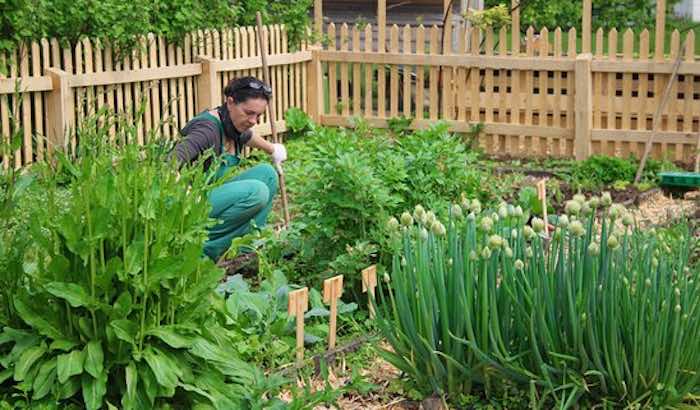
Think about your garden's location
Plants are like people; they enjoy the sun and like to soak it up, and just like people some vegetables like more sun than others. You can check out our free plant database with all the relevant growing information for each type. Avoid areas of heavy foot traffic and make sure you have a water source as near as possible to your fruit and veg, as carrying water can quickly become tiresome. This is something I tell everyone that rings up asking how to begin, as I completely overlooked it when starting my own garden.
Of course it doesn't have to be all about convenience: if one of the main reasons for setting up a garden is to get some fresh air and exercise, then plant away from the house so you can get a walk in too.
Start Small
Small beginnings are best when starting your own vegetable garden. You will be surprised what your can produce in a relatively small space while dealing with a large vegetable garden can become overwhelming if you have limited time to look after it. We also recommend starting with simple crops that don't suffer from many pests and diseases like salad crops, spring onions and beetroot so you can get a win under your belt first time around.
Our vegetable growing kits range from simple single herb and salad planters to more substantial raised beds kits for growing a broader range of crops. Remember you don't need a large space to start a vegetable garden.
Most crops are happy growing in containers just like houseplants and if the correct compost and feed are used will yield just as well as plants grown in a large traditional vegetable garden. Herbs and salad can be grown in standard house plant pots while larger planters can be used to grow potatoes, carrots, pumpkins or courgettes.
Start with a salad crop
Like a good meal we always recommend starting with a salad. Salad crops are quite easy to grow compared to other vegetables. Starting with simple crops that don't suffer from many pests or diseases - like salads, spring onions and beetroot - will help ensure you can get a win under your belt the first time around.
Salad crops have a great chance of first time success and will give you the skills and confidence you need to expand your gardening prowess. Most salads are relatively trouble-free to grow and tend to perform well in our changeable climate.

The Secret is in the Soil
The secret to vegetable growing is in the soil; a healthy, well fed soil produces strong plants which are able to withstand attack from pests or disease and produce the tastiest harvests. Let us advise you on the best mix to fill your containers to make sure you get off to a flying start.
Vegetables grown in containers are better grown in a compost mix as soil will dry out too quickly but remember ordinary multi-purpose will only feed you plants for 3-4 weeks. We recommend using a rich mix of wormcast and composted green and fish waste (don't worry, no smell!) for the most luscious plants that will continue to thrive all season. For larger raised beds we recommend our soil and compost mix topped off with our 'Sea-Feed' soil improver. We also stock a range of natural plant feeds and soil improver products should your plants need a boost at any stage in the growing season.
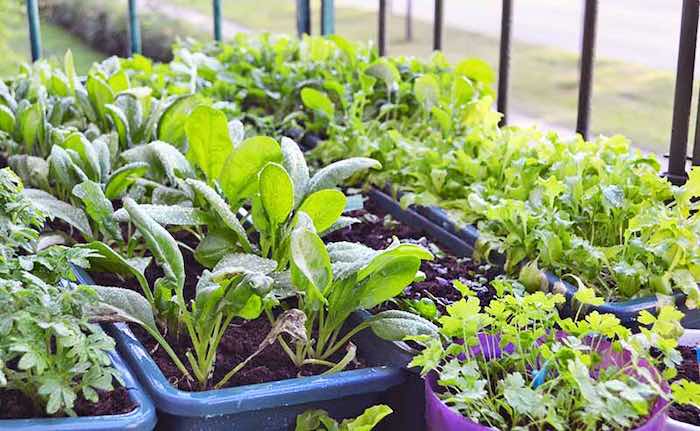
Try growing in containers
You don’t need a massive garden to grow delicious vegetables. Many fruit and vegetables can be grown in pots, planters, buckets or bags with great results. The smaller the container, the more likely it is to dry out: so use a good multipurpose compost if starting small. Larger pots and planters should be filled with a soil and compost mix (about 60/40).
Using the correct type of soil/compost with plant feed will yield as much as a traditional vegetable garden. Containers are readily available in any shape and colour imaginable; you can even very easily make your own out of almost anything that will hold soil.

Use raised beds
If you have the space outside then raised beds are great if you want to start growing your own vegetables. They provide an easy height to work on, keep your vegetables away from foot traffic and pets, and also have improved drainage which is perfect for our wet summers.
Raised beds have the versatility to be positioned on grass or on a hard surface, and also look neater in the garden or in a polytunnel or greenhouse. They are available in a wide variety of sizes and shapes to suit any growing needs.
Raised Bed Beginners Kits
We are the raised vegetable bed experts. We grow all year round in raised beds ourselves and have perfected a range of beds to suit any growing conditions. We always recommend raised beds if you want to start growing your own vegetables as they are so much easier to look after than traditional vegetable beds.

Raised Beds
Our Raised Bed CollectionAll our raised bed kits are pressure treated with a vegetable safe wood preservative so will give many years of growing pleasure while still looking great. See below in this article for tips on the technique of 'square foot' gardening in raised beds.
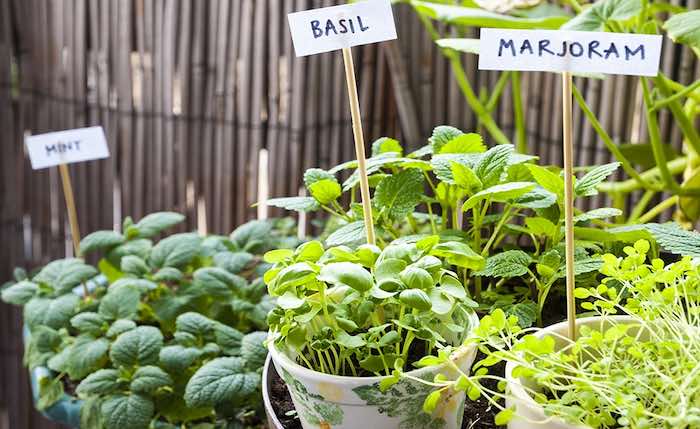
Start a herb garden
Herbs are very easy to grow, with most varieties being perfectly suited to growing in pots and containers. Some herb plants like Basil and Coriander need to be grown indoors or under cover in our climate, but most will do just fine outside. Parsley, basil, tarragon, rosemary and thyme are all simple to grow with very little problems.
Try keeping your herb garden close to the kitchen: this will produce a fresh fragrance that demands more cooking from scratch in the kitchen. I like to keep a small herb garden on the kitchen windowsill, with some herbs that we cook with the most often. The flavour offered by such a small amount of these home grown plants makes them more than worth it.
Grow Microgreens
You can extend the season by growing your own microgreens indoors. They are very easy to grow and are extremely nutritious and healthy. Microgreens are young, tender, green vegetables that are harvested at the first or second leaf stage and used as a culinary ingredient. Because they are still quite young when harvested, microgreens contain very high reserves of energy and nutrients. They have up to 40 times the nutrient content and 6 times the vitamins of their fully grown counterparts.
Most vegetables can be grown as microgreens but the brassica family are the most popular. These include cress, mustard, daikon radish, broccoli, cabbage, and any of the oriental salads like pak choi and tatsoi. Basil, dill, beetroot, peas, cilantro, rocket and mizuna can all be grown also. Microgreens are ideal for inclusion in soups, salads, and sandwiches, or for use as a garnish.
Make Your Own Compost
Growing your own food will leave you with plenty of garden waste that can be re-used to feed your plants. Making your own compost is a practical, organic, and environmentally friendly way of both disposing of garden and kitchen waste and providing food for your plants. The nutritional requirements of fruit and vegetables are very high, meaning you must constantly add new nutrient rich material to your soil.
Making compost works by allowing the parts of the plants you don’t use to rot down naturally to produce a dark, crumbly material which can be added back to your garden to provide nourishment for new plants. Composting can be done in a simple compost heap or in a compost bin. The bin is a more effective method as it retains heat and speeds up the process.
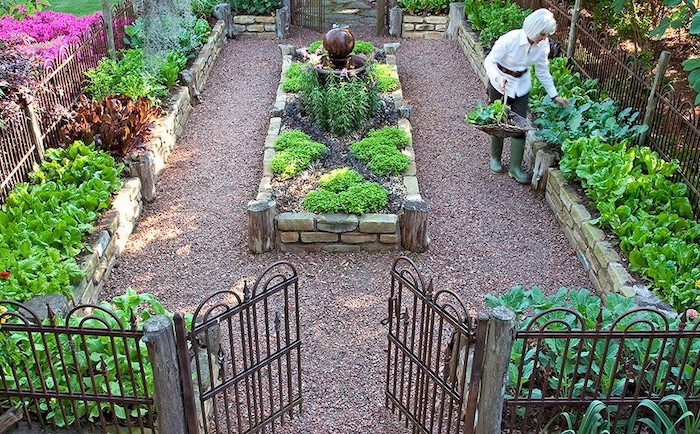
Have fun
Vegetable gardening does not have to be a chore. It is a social activity that encourages gentle exercise and healthy eating. Harvesting beautiful crops that are the end result of all your efforts will easily bring a smile to your face and make the food so much more delicious. Failures in the vegetable garden can be disheartening and we all experience them, sometimes the conditions just work against you. Whatever happens don't be disheartened; just learn from what happened and use it to increase your chances next time.
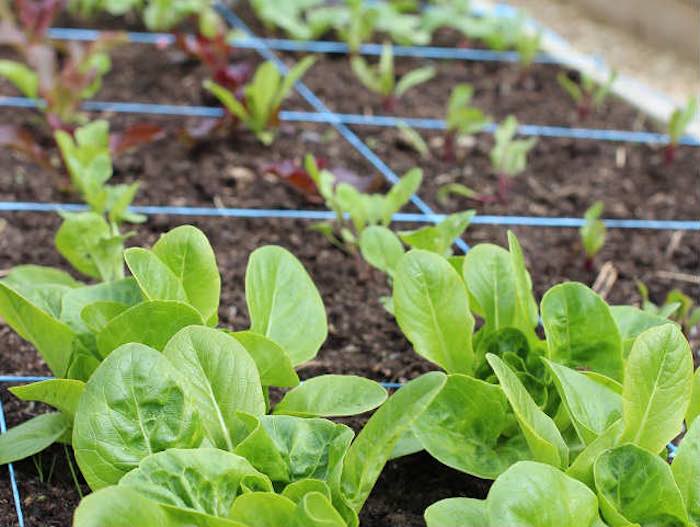
Our Square Foot Gardening System - Vegetable Garden Block Plans
Starting a raised bed vegetable garden can be daunting especially when working out how many plants of each variety you can fit in your planters. Some crops take up a lot more room than others with confusing information on space needed between plants and between rows. If you are a beginner gardener, chances are you are starting with one or two raised beds and want to try a number of crops to see what works best for you.
We have taken care of the tricky stuff by introducing our version of the Square Foot Gardening System with plans that fit the most popular raised beds sizes. Our Square Foot System uses slightly wider spacing than the original to give you better fed and larger crops. Your beds are divided up into square foot sections (30cm) with a fixed number of each plant planted in each square. Very large or heavy feeding plants may take up multiple squares to allow them room to grow and give you the harvest you are expecting.
We provide a database of Square Foot Garden plans which are free to use and give you a great starting point for your new beginners kitchen garden. We are also working on a new SFG garden web tool to allow you to make up your own vegetable garden plans with plant selections tailor made to your taste.

Seedling Plug Plants
Starting a vegetable garden can seem overwhelming, especially if you are learning to sow your own seeds where temperature, compost and sowing depths are important. We cut out the complicated part by supplying 4 week old baby vegetable plants in a broad range of varieties.
Our vegetable plug plants arrive hardened off (used to outside temperatures) and are ready to pop straight into the ground. Our plants can be picked by the row using our unique 'Choose Your Own' plant picker tool; browse our full seedling range while reading information on each plant, it's the ultimate beginners plant shop!
Start Growing
There is no time like the present and there is an entry point for everyone, whether it's a pot full of growing herbs, or rows of raised beds planted full of fruit and vegetables. Have a browse through our site, and a read of our blog if you have time, and decide what is right for you. And as always, let us know how we can help.